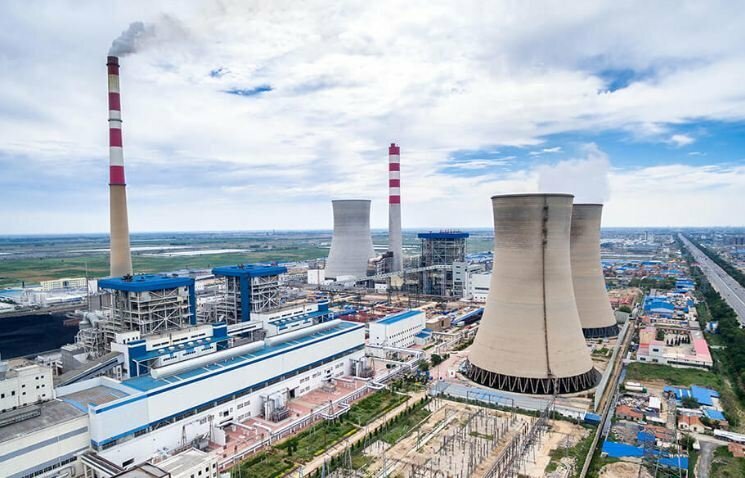In the realm of energy production, nuclear power stands out for its efficiency and capacity to generate large amounts of electricity without the direct emission of greenhouse gases. Understanding how nuclear power plants convert atomic energy into electrical power involves a closer look at the science and technology behind nuclear reactors.
The Basics of Nuclear Energy
Nuclear power plants generate electricity through the process of nuclear fission, the splitting of an atom’s nucleus into two smaller nuclei. This reaction releases a significant amount of energy and is fundamental to the operation of a nuclear power plant. The most common fuel used in these reactors is uranium, which is processed into pellet form and stacked inside long rods that are then assembled into bundles. These fuel rod bundles become the core of the nuclear reactor, where fission occurs.
Step-by-Step Electricity Generation
- Initiating Nuclear Fission: In the reactor, atoms of uranium fuel are bombarded with neutrons. When a uranium nucleus captures a neutron, it becomes unstable and splits, releasing heat, gamma radiation, and more neutrons. This process repeats in a chain reaction, continuously producing energy.
- Heating Water to Produce Steam: The heat generated from fission is used to heat water circulating in tubes that run through the reactor core. This heated water does not turn into steam directly in the reactor core; instead, it transfers its heat to a secondary water system where the water turns to steam, ensuring that the water contaminated with radioactivity does not mix with water that turns to steam.
- Turning Turbines: The high-pressure steam generated in the secondary system is directed to turbines, causing them to spin. These turbines are connected to generators, and as they spin, the generators convert the mechanical energy into electrical energy through electromagnetic induction.
- Cooling the Steam: After the steam has passed through the turbines, it enters a condenser where it is cooled and converted back into water. This water is then recycled back to the steam generator. The cooling process often involves water from an external source, such as a river, lake, or ocean, or it might utilize a cooling tower.
- Controlling the Reaction: Control rods made of materials that absorb neutrons are inserted into the reactor core to control the fission process. By adjusting the depth at which these rods are inserted, operators can control the rate of the reaction, thereby regulating the amount of heat produced.
Safety and Efficiency
Modern nuclear power plants are designed with multiple safety systems to prevent the release of radioactive materials. These include redundant cooling systems and containment structures capable of withstanding extreme events. Furthermore, the efficiency of nuclear power is evident in its capacity factor, which is significantly higher than many other forms of power generation. This factor measures the actual output of a plant compared to its potential output if it were operating at full capacity all the time.
Conclusion
Nuclear power provides a substantial portion of the world’s electricity supply, offering a stable and reliable energy source. While the process involves complex technology and stringent safety protocols, the basic principle remains the conversion of nuclear energy into electrical energy, a process that has powered homes and industries for decades. As we continue to seek sustainable and less carbon-intensive energy solutions, nuclear power remains a pivotal component of the global energy mix.






Leave feedback about this